Water, arguably one of our most critical natural resources, can cause unwanted problems if not properly managed. Many homeowners are too familiar with the sinking feeling of entering their damp, musty crawl space only to discover a few inches of unwanted water. Where did it come from? How do we remove it before it causes damage or creates mold issues? For many homes with high water tables, a reliable sump pump is the unsung hero that works behind the scenes to keep water at bay.
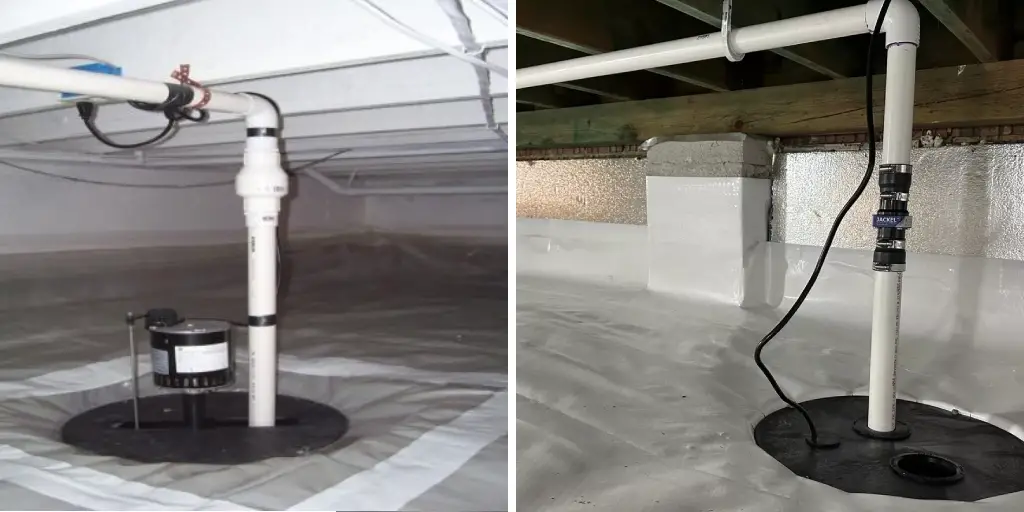
In today’s post, I’ll take you on a step-by-step tour of how does a sump pump work in a crawl space and maintains a healthy environment. By understanding this simple yet crucial system, you can take steps to ensure it continues protecting your home’s structural integrity for many years to come.
Necessary Items for Installing a Sump Pump in Your Crawl Space
Installing a sump pump in your crawl space is more complex than just buying one and placing it on the floor. You’ll need to have some necessary components before beginning the installation process. These include:
- Sump Pit: This is an essential part of the system, acting as a basin to collect the water that enters your crawl space. It is usually made of durable plastic or concrete and should be large enough to accommodate the pump and discharge pipe.
- Sump Pump: Various types of sump pumps are available, including submersible and pedestal pumps. Submersible pumps are placed inside the sump pit, while pedestal pumps sit above it, with only the motor and impeller submerged in water.
- Discharge Pipe: This PVC pipe connects the sump pump to an exterior location, typically the nearest storm drain or dry well. The diameter of the discharge pipe should be at least 1.5 inches to allow for efficient flow.
- Check Valve: This one-way valve prevents water from flowing back into the sump pit after it has been pumped out. This is important as it prevents the pump from overworking and reduces wear and tear.
- Backup Battery: In case of a power outage, a backup battery ensures that your sump pump continues functioning and prevents water from accumulating in your crawl space.
10 Steps on How Does a Sump Pump Work in a Crawl Space
Step 1: Water Enters the Crawl Space Through Cracks or Vents
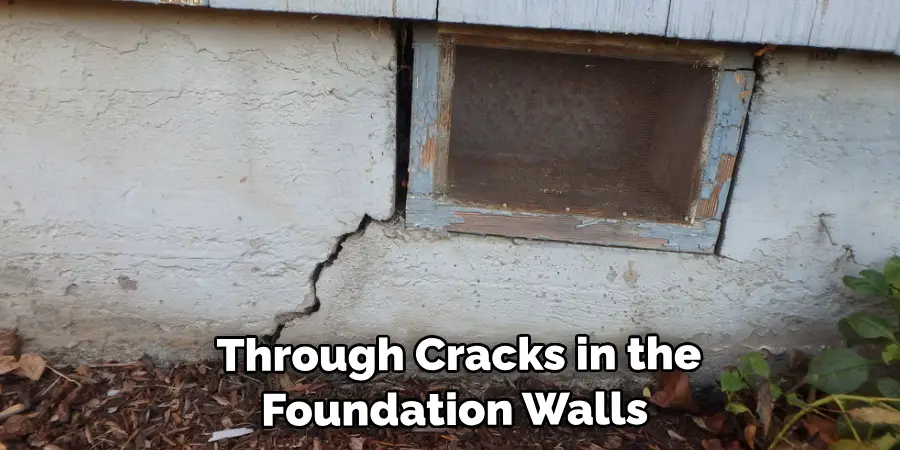
Water can enter your crawl space in various ways, including through cracks in the foundation walls and vents. As rainwater saturates the ground around your home, it creates hydrostatic pressure that pushes water into any openings in your crawl space.
Step 2: Water is Collected in the Sump Pit
Once water enters the crawl space, it will naturally flow towards the lowest point, where your sump pit will be placed. The sump pit collects this water and prevents it from spreading throughout the crawl space.
Step 3: Float Switch Activates the Sump Pump
As water fills the sump pit, it will eventually reach a certain level, activating the float switch on your pump. The float switch triggers the pump to turn on and pump water.
Step 4: Water is Pumped Out of the Crawl Space
As the sump pump turns on, it begins to pump water out of the crawl space and into the discharge pipe. This continuous process helps remove any standing water and prevents further accumulation.
Step 5: Water Flows Through the Discharge Pipe
The water flows through the discharge pipe and exits the crawl space. The check valve prevents water from flowing back into the sump pit, ensuring the pump doesn’t have to work harder than necessary.
Step 6: Water is Directed to an Exterior Location
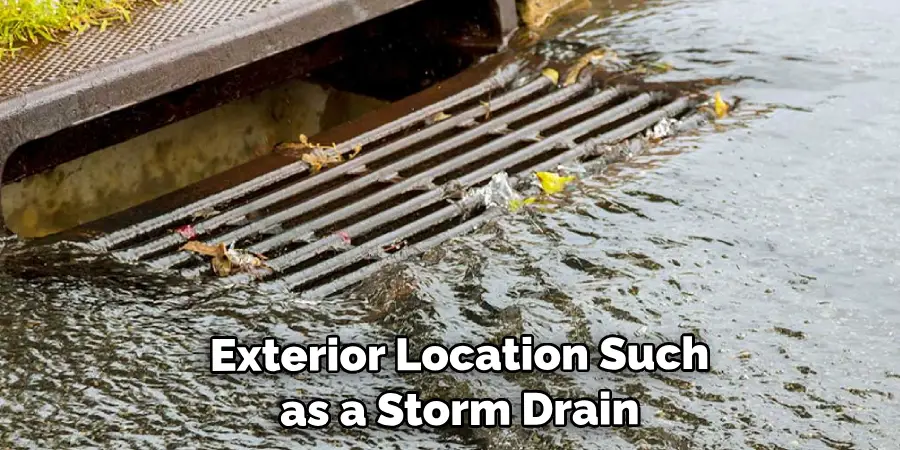
The discharge pipe leads to an exterior location, such as a storm drain or dry well. This ensures water does not recirculate into the crawl space and eliminates potential damage or mold growth.
Step 7: Sump Pump Turns Off Automatically
As the water level in the sump pit decreases, so does the float switch’s position. Once it reaches a certain point, the float switch will deactivate, causing the sump pump to turn off automatically.
Step 8: Water Recedes from Crawl Space
With the sump pump turned off and water successfully pumped out, any remaining water in the crawl space will naturally recede into the ground. This helps maintain a dry and healthy environment.
Step 9: Backup Battery Kicks In (If Applicable)
In a power outage, the backup battery will kick in and provide power to the sump pump. This ensures that your crawl space remains protected even during emergencies.
Step 10: Sump Pump Continues to Monitor and Remove Water
The sump pump will continue to monitor and remove any water that enters the crawl space, ensuring that it remains dry and free of any potential damage or mold growth. This process will continue as long as the sump pump is functioning correctly.
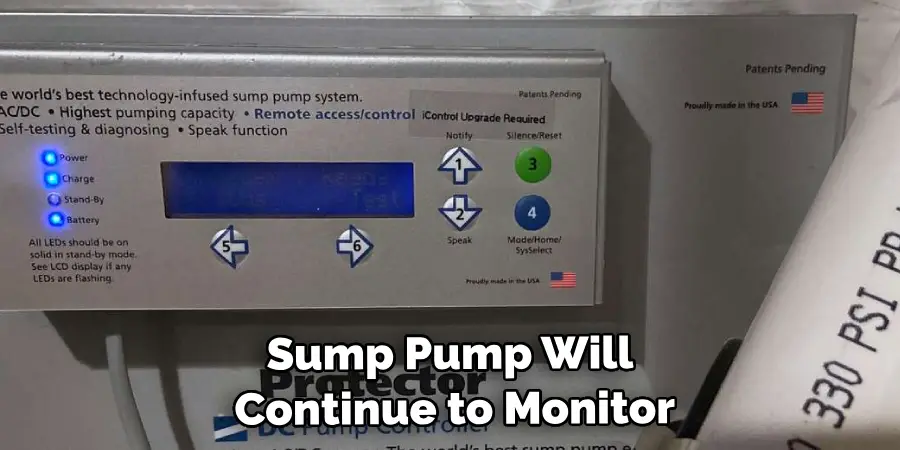
8 Tips on Maintaining Your Sump Pump System
Regular maintenance is crucial to ensure efficiency and longevity as with any mechanical system. Here are a few tips to keep your sump pump system in top shape:
1. Test Your Sump Pump Regularly
Testing your sump pump regularly is essential, especially before the rainy season begins. This will help you identify any issues and ensure the pump functions correctly.
2. Keep the Sump Pit Clean
Over time, debris and dirt can accumulate in the sump pit, potentially clogging the pump and preventing it from working effectively. Regularly cleaning the sump pit will prevent this issue.
3. Check and Clean the Discharge Pipe
Inspect the discharge pipe for any clogs or obstructions hindering water flow. Clean out any debris to ensure smooth operation.
4. Replace Backup Batteries Every Few Years
Backup batteries have a lifespan of a few years, so it’s crucial to replace them periodically to ensure they will work when needed.
5. Keep the Surrounding Area Free of Debris
Ensure the area around your sump pump is free from any debris or objects that could block its operation. This includes keeping the discharge pipe clear and ensuring proper drainage.
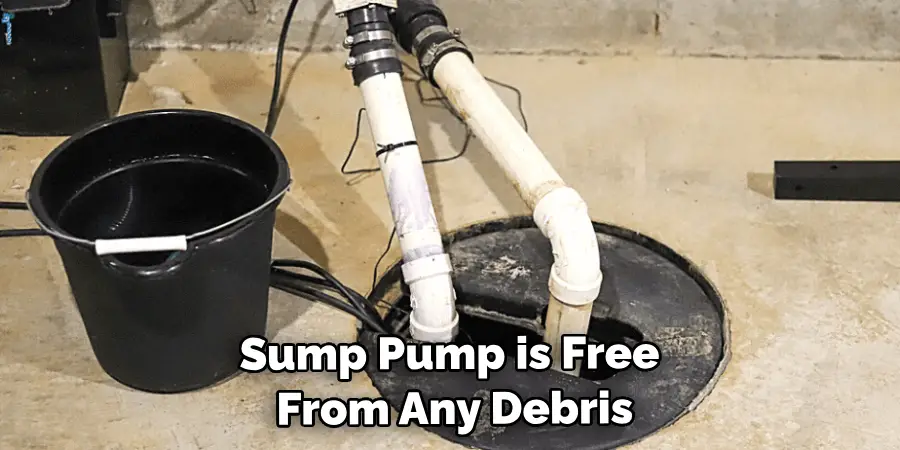
6. Regularly Inspect for Signs of Wear and Tear
Regularly check your sump pump for any signs of wear and tear, such as cracks or damage to the float switch. Address any issues promptly to avoid potential malfunctions.
7. Consider Installing a Backup Generator
In addition to a backup battery, you can install a backup generator to ensure your sump pump continues functioning during extended power outages.
8. Hire a Professional for Annual Maintenance
Having your sump pump system professionally inspected and maintained once a year is recommended. This will help identify potential issues and ensure the system works efficiently.
Sump pumps are crucial in keeping your crawl space dry and free of damage. Understanding how they work and adequately maintaining them can save you from significant water-related issues.
Following these steps ensures that your sump pump system is always ready to handle any situation effectively. Remember, prevention is always better than dealing with problems after the fact – so be proactive and keep your sump pump in top condition. So, regular maintenance and inspections are vital in ensuring your sump pump system works effectively and keeps your crawl space dry. Take care of your sump pump system today!
Frequently Asked Questions
How Often Should I Test My Sump Pump?
It is recommended to test your sump pump at least once a year, preferably before the rainy season begins. You can also test it after heavy rains or storms to ensure it functions correctly.
Can I Replace My Sump Pump on My Own?
While homeowners can do some minor maintenance and repairs, hiring a professional for sump pump replacement is best. Installing a sump pump incorrectly could lead to further damage and costly repairs.
Can I Use Chemical Drain Cleaners to Clear a Clogged Sump Pump?
No, using harsh chemical drain cleaners on your sump pump is not recommended, as they can damage the pipes and kill beneficial bacteria. Instead, try using a drain snake or natural cleaning solutions.
Conclusion
In conclusion, we have explored the ins and outs of sump pumps in crawl spaces and how they effectively remove excess water from your home. We discussed the various components of a sump pump, including the sump pit, float switch, and discharge pipe, and how does a sump pump works in a crawl space.
From understanding the types of sump pumps available to learning about common maintenance tips, it is clear that this simple device can provide significant benefits for your crawl space.
So, to protect your home from potential water damage and keep it safe and dry, consider installing a sump pump in your crawl space today! Remember to consult with a professional before making any decisions, and do not hesitate to reach out for assistance if needed. Thank you for reading our blog post on sump pumps in crawl spaces. Remember to check out our other helpful articles on home maintenance and improvement. As always, stay informed and take action to ensure a healthy living environment for you and your loved ones!


